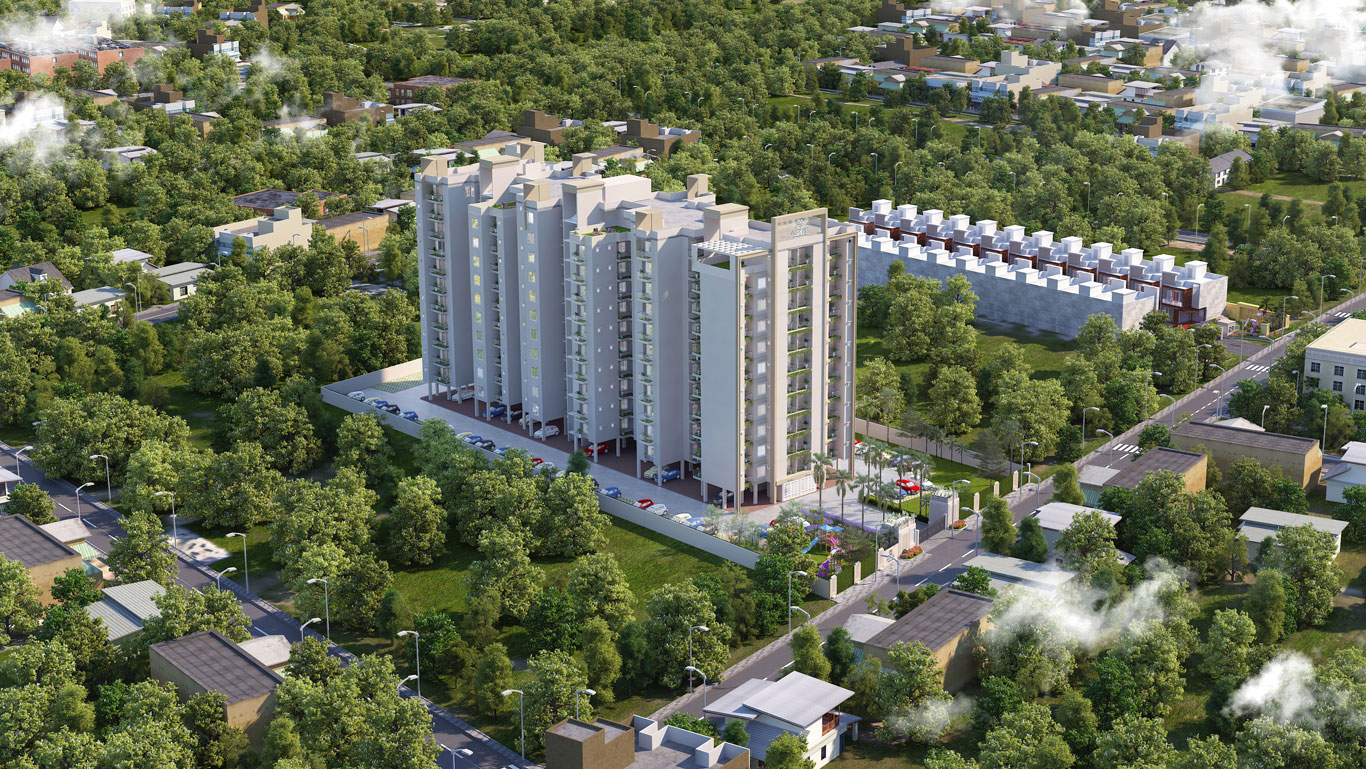You will require your Pan Card, Aadhar Card, 2 passport size photographs and a cancelled cheque for booking.
As per RERA, the agreement of sale must be registered before the receipt of 10% of the total sale consideration by the builder/developer.
Process of registration:
Registering the documents related to the transfer, sale or lease of property is mandatory by law under Section 17 of the Indian Registration Act, 1908.
Find below the steps involved in the registration of a property and the documents required to ensure that your property gets successfully and timely registered:
Check for encumbrances at the office of Sub-Registrar of Assurances: This can be done by taking a look at the title deed or ownership status of the property such as mortgages or loans. You should verify that the title deed is registered in the name of the person who is selling the property. While investigating this, you must check the following aspects:
- The legal ownership document must be in the name of the owner. This document is issued by the Revenue Record Department and bears the seal of the Tehsildar
- Records for the last 30 years must be checked to make sure that the property has no mortgage or other encumbrances as on the date of purchase
- Ensure that the property is transferable and heritable and the transferor/seller is authorized to sell it
- Make sure that all dues related to payment of taxes, electricity bills and water bills have been paid till the date of purchase
Preparation of the final deed by the buyer’s lawyer:
It is the buyer’s lawyer who prepares the final sale deed of the property. The document is embossed on green legal paper leaving the date and place blank and then submitted for stamping. The fee of the lawyer though varies, is usually one percent of the property value and the process takes around a week.
Payment of stamp duty:
The buyer has to pay the stamp duty for stamping of the Sale Deed. The charges vary from state to state but are usually around 5-6 percent of the final sale consideration as per the sale agreement.
Execution of the final deed at the local office of Sub-Registrar of Assurances:
This will require the presence of the buyer, the seller and two witnesses at the office of the Sub-Registrar of Assurances within whose jurisdiction the property is located.The fee is usually one percent of the transaction value or Rs 30,000 – whichever is less.The due registration fee is to be deposited with the cashier against a receipt and then the document is presented before the Sub-Registrar in accordance with Section 32 of the Registration Act, 1908. The documentation is returned to the buyer within half an hour. Subsequently, the seller hands over the physical possession (the keys) of the property to the buyer.
Apply for the mutation of the Title Deed:
Mutation refers to the change in title ownership from one person to another when a property is sold or transferred. This is essential as it enables the new owner to get the property recorded in his name in the Land Revenue Department.
Once the buyer attains the letter of mutation, he becomes the official owner of the property purchased. Since the process is very complex and involves numerous steps, it is recommended that you should take assistance from a property agent or consultant and a qualified lawyer.
The documentation should include the following:
- Duplicate copy of the Sales Deed required to be registered
- Two passport size photos each of buyer, seller and witnesses
- Photo ID Proof of buyer, seller and witnesses
- Copy of the latest property register card
- Copy of the municipal tax bill to indicate the year in which the property was built/constructed
- Copy of the PAN Cards of the seller and the buyer
- No Objection Certificate (NOC) for the property
- Latest Receipt for Tax payment
- Sanctioned Building Plan
- Cash or demand draft to pay Stamp Duty
- Khata Certificate/ Property Card
- Occupancy Certificate
- All title documents of land owner
- 7/12 extracts
- Registered Development Agreement (if in case of Joint Development property)


